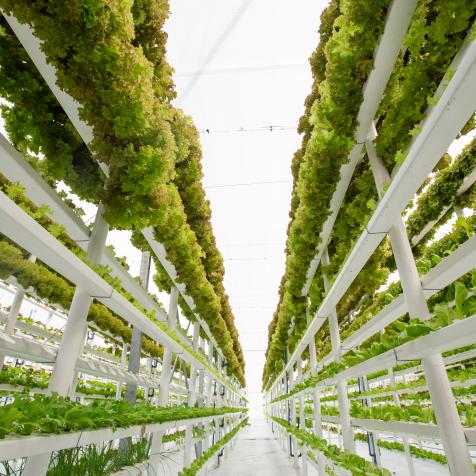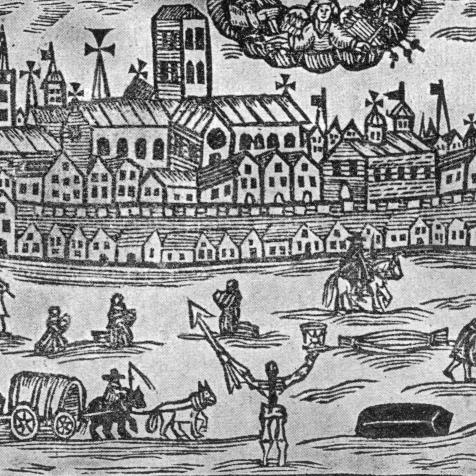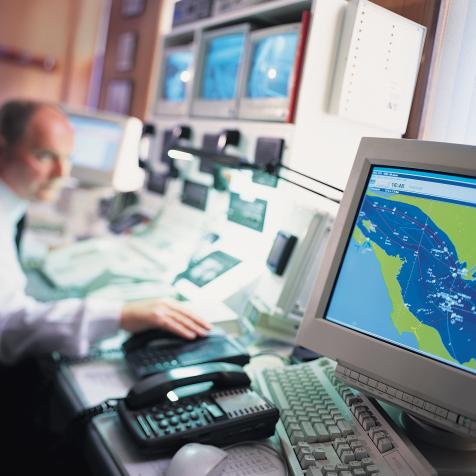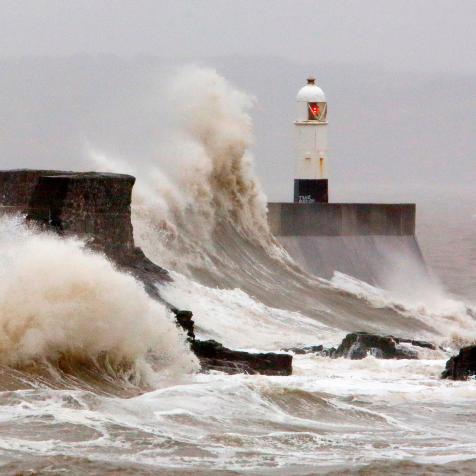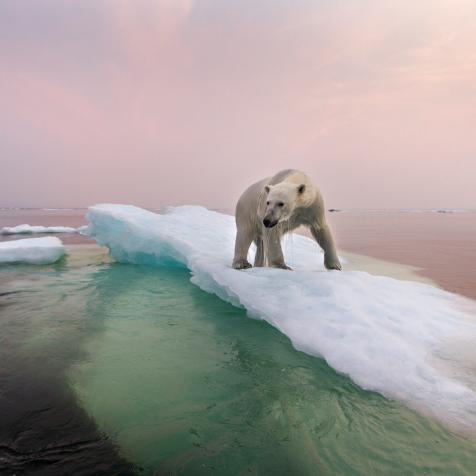
GettyImages/Katja Kircher
Seed Banking: Storing Plant Diversity to Ensure Healthy Food
What is a seed bank and how can it help up save certain crops from extinction?
Travellers to the Arctic islands of Svalbard would find a rugged, ice-hardened terrain, sheltering polar bears in its frozen landscapes. This Norwegian archipelago (a group of islands) is the land of the “midnight sun” with almost 24 hours of sunlight during the winter months. It is also home to one of the most important storage facilities in world farming – the Svalbard Global Seed Vault.
The seed vault was opened in 2008 in an effort to safeguard the world's food supply for future generations. Svalbard is the perfect frozen environment to house seed samples, set inside an Arctic mountain at 130 meters above sea level, so it is unlikely to be flooded. Low humidity, geological stability, and the surrounding permafrost can keep seed deposits cool (so they remain dormant), dry, and viable for centuries.
Seed gene banks from around the world have sent food crop seeds as a fail safe in case natural disaster or environmental damage destroys existing supplies. Worldwide there are more than 1,700 seed gene banks that store seeds locally and many choose to send back-up samples to facilities like Svalbard's vault.

GettyImages/Santiago Urquijo
There is space in the global vault for 4.5 million different crop varieties with each variety storing on average 500 seeds, meaning it can house 2.5 billion seeds.
There are around one million seed samples from 80 institutes in the vault at present so there is a lot of spare capacity for the vegetables, grains, peas, beans, peppers, and legumes that are banked annually. On top of that, there are foraging grasses and rare flowers such as threatened orchid species from the Myanmar rain forests.
The largest numbers of samples in the vault are varieties of rice and wheat. There are more than 150,000 samples of each and a further 80,000 samples of barley, 35,000 maize, and 25,000 soybean. The seed vault has been listed as one of the most influential projects of the past 50 years for its efforts.
Seeds themselves are not kept for farmers or gardeners to grow produce. Their true value is as a genetic resource in plant breeding to create new crop varieties. “Think of the seeds as a collection of traits, or even more broadly as a collection of options our crops will have in the future, options such as disease and pest resistance, drought and heat tolerance, better nutrition,” said Svalbard founder Cary Fowler.
Among those collections we need more seeds from wild varieties, the cousins of domesticated crops, say scientists. As extreme weather conditions such as higher temperatures or drought affect food crops, the resilient traits of wild plant species can be added to domesticated plants to improve their resistance to hostile conditions.
“We have made incredible progress tracking down crop wild relatives that could hold the key to food’s survival,” said Marie Haga, former executive director of the international non-profit Crop Trust. “But there is more to be done, and as threats to the world’s biodiversity mount, this work is more urgent than ever.”
Seed banks seek plants that are true-to-type (ie, they yield the same type of plant year after year) and they prefer open-pollinated and heirloom seeds. Open-pollinated plants have been pollinated naturally by insects, wind, birds or other means and are more genetically diverse and adapted to their environment. Heirloom varieties are those that have been passed down over generations among communities.
Domestic crops are struggling to keep up with climate change and a report on plant adaptation shows that agricultural production will drop by a third if farmers do not start planting resilient crops now.
Nutrients including protein, zinc and iron are also affected by higher carbon dioxide in the atmosphere, so having a diverse range of crops to create new resilient varieties is vital.
There is criticism of the Svalbard facility in that it grants access to large corporations who could commercialize plant varieties from the planet's shared natural resources. Co-founder of the Seed Savers Exchange in Iowa, Kent Whealy, said that seed deposits placed in Svalbard are under the control of a United Nations Food and Agricultural Organization treaty that opens them up to corporate scientists.
That potential weakness is also one of the seed bank's greatest strengths – the availability to tap into plant traits and genetics that can ensure a healthy food supply.
What remains central to the work of seed banks and exchanges – where gardeners and farmers find or exchange seeds that they either want or have too many of – is supporting communities most affected by climate change, natural or man-made disasters. To grow plants in adverse conditions means keeping access to the planet's natural resources open, and that is what seed banks do best.
For more information on saving and storing seed and the principles of seed banking, the Center for Food Safety has a resources page with advice for growers.













